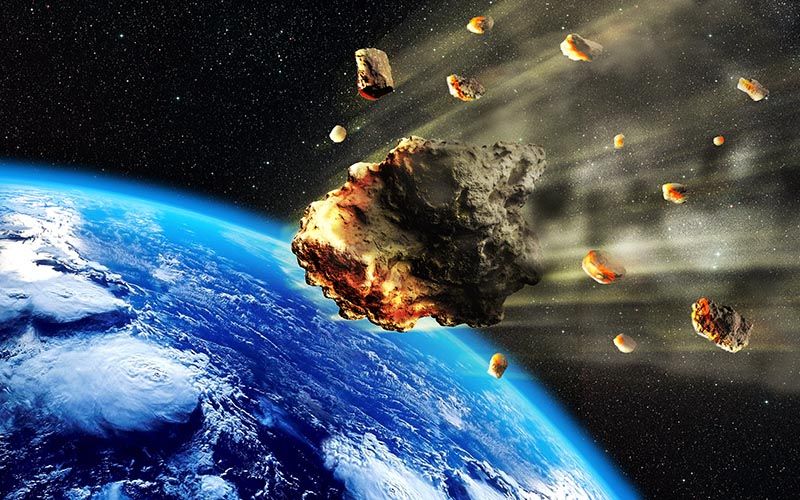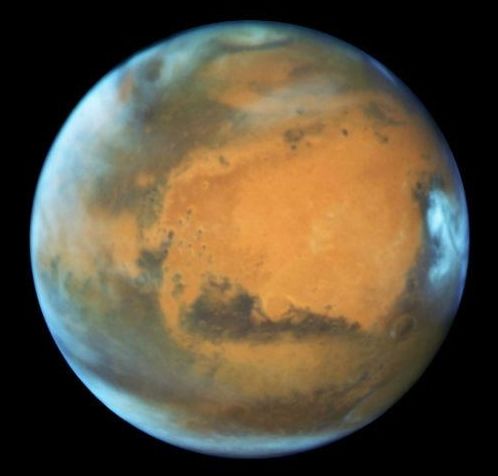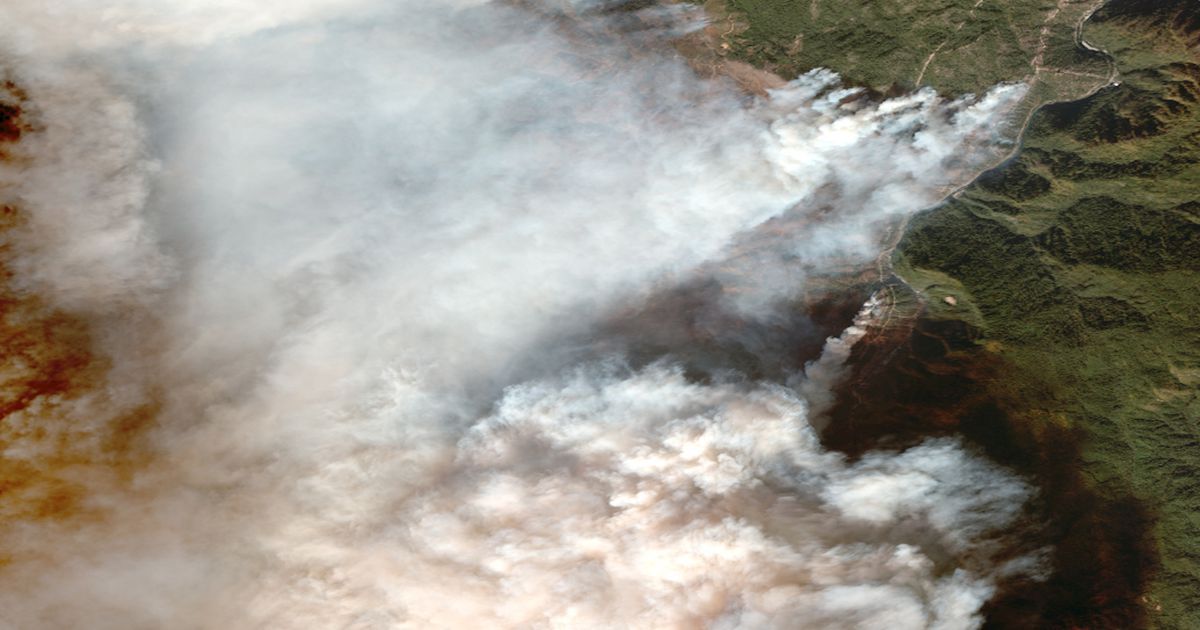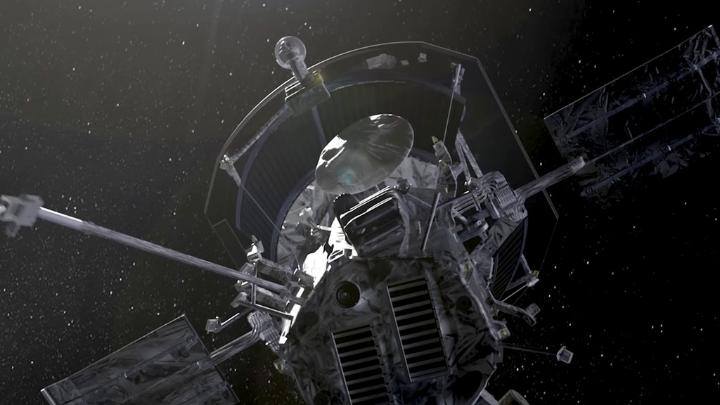A new planet, more than three times the mass of Earth, has been discovered orbiting our closest single star. The discovery, which took more than 20 years to make, marks a change in the way we look for new planets.
This is the first time a planet of its size, known as a super-Earth, with an orbital period of 200 days, has been found using a well-established method; by measuring the fractional changes in the speed of the star caused by the planet orbiting around it.









